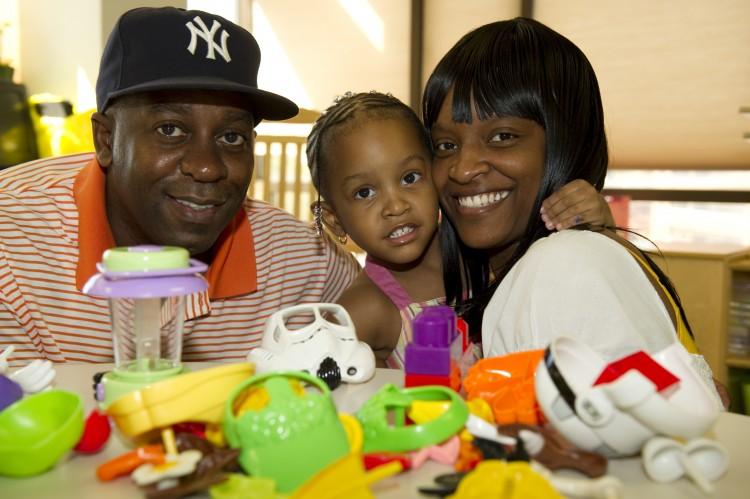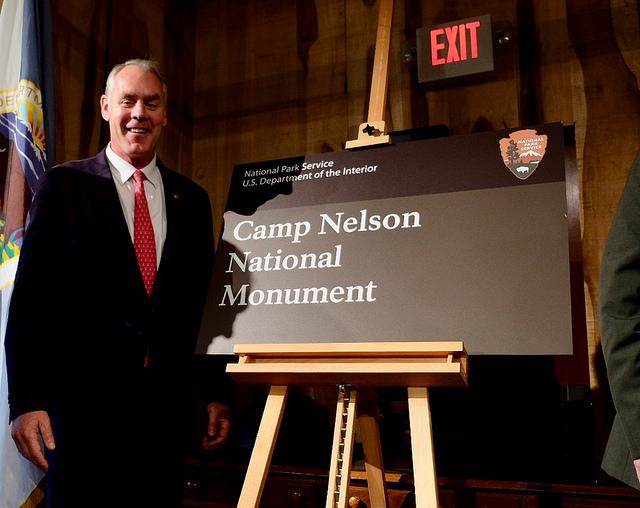NEW YORK—The holidays are a time of giving, and many charities harness that holiday spirit to fill up their coffers with donations. In past years telethons, direct mailers, and local events were the best way to entice someone to give, but this year many charities are turning to the hottest new fundraising trend: crowdfunding.
“Putting a check in an envelope feels pretty sterile,” said Dave Boyce, CEO of Fundly, a crowd-funding platform site.
“Crowdfunding brings some fun and transparency back in the process where it is fun to give again,” said Boyce.
Crowdfunding uses an interactive online platform to raise money. The sites allow donors to see who else has given, how much they gave, how close the project is to its goal, and allows them to recruit their friends through social media to donate to the cause.
“It makes me feel like I am involved,” Boyce said. “Even if I give only $50 or $100, I get all of the information and sense of belonging that a $10,000 donor would feel in a traditional campaign.”
Charities Turn to Crowdfunding This Holiday Season
This holiday season many charities are turning to the hottest new fundraising trend: crowdfunding.

Olivia: Olivia, center, was transferred from Staten Island to Steven and Alexandra Cohen Children’s Medical Center (CCMC) in Hyde Park New York after suffering a stroke when she was only one and a half years old. Following a 10 day hospital stay, she underwent months of physical and occupational therapy. CCMC is using crowdfunding catalog to raise money for the toys Olivia used during her therapy. Lee Weissman & Adam Cooper, RBP North Shore-LIJ Studios

Kristen Meriwether
Journalist
|Updated:





